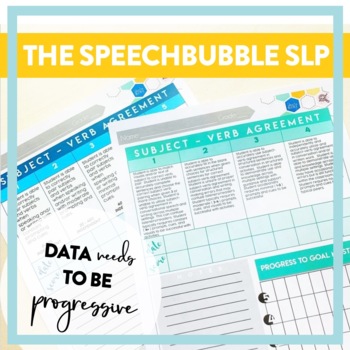
I am very fortunate to work in a multicultural school, for someone whose job is language there is no better place. Over the years I have observed an articulation variation that I have dubbed the Bilingual ‘R’. The Bilingual ‘R’ is when a student speaks two languages and is able to accurately produce /r/ in only one language. My building houses a dual language program in which students are educated in English and Spanish, from Kindergarten, with the goal being that they will be fluent in reading, writing, and speaking in both languages. I have found several students over the years who can produce a beautiful Spanish /r/ and then struggle to make an English version. I have seen this in students who are native English and native Spanish speakers. So what’s an SLP to do? They clearly can produce a great /r/, so why doesn’t it stick?
In Spanish, /r/ can be produced in different ways. It can be trilled ( think about how you quickly move your tongue if you want to imitate a purring cat ) or tapped. A tap /r/ is simply that, the tongue is quickly tapped in position to produce the sound. We know in English the position and movement for /r/ production is a bit different. When I have native English speaking students brought up for their English /r/ because it is starting to impact them, I automatically listen to their Spanish /r/ as well. If they can trill their Spanish /r/ it is a great place to start.
I typically will have them start by trilling their /r/, not for a word, but just the phoneme. Then I will have them stop but give them the instruction to keep their tongue in position as if they were about to start trilling again. Finally, I ask them to round their lips and repeat an English, initial /r/ word such as ‘rat’. Usually the first try is not perfect, but it is more accurate then before. I continue to shape the /r/ from there.
What if they are native Spanish and cannot produce an /r/? Here we need to keep cultural production in mind. Shaping a Spanish /r/ with the goal to produce a tap /r/ is usually a good place to start. A tap /r/ can be shaped pretty nicely from /d/. Have the student start by producing an initial /d/ word in Spanish such as dia ( day, FYI there should be an accent mark for on the /i/ but I couldn’t get my computer to do it ). Have them say the word a few times, then just the /d/. Have them keep repeating /d/ and slowly move their lips to a rounded position. They should hear the sound change. Finally, have them hold their tongue as if they were to say /d/ but have them move it a bit farther back towards the alveolar ridge and say a medial /r/ word such as ‘mariposa’ ( butterfly ). I know that typically we would want start with an initial /r/ word, but the majority of initial Spanish /r/ words are trilled.
We know that not every strategy will work for every child, these just happen to be the ones I have had success with.



















2 Responses
This is wonderful. I have a huge Hispanic population on my caseload and a couple have had this very issue!
Thanks for those tips with the /r/ for Spanish speakers! I always need more resources when it comes to /r/ for monolingual and bilingual students. Thanks for linking up!!